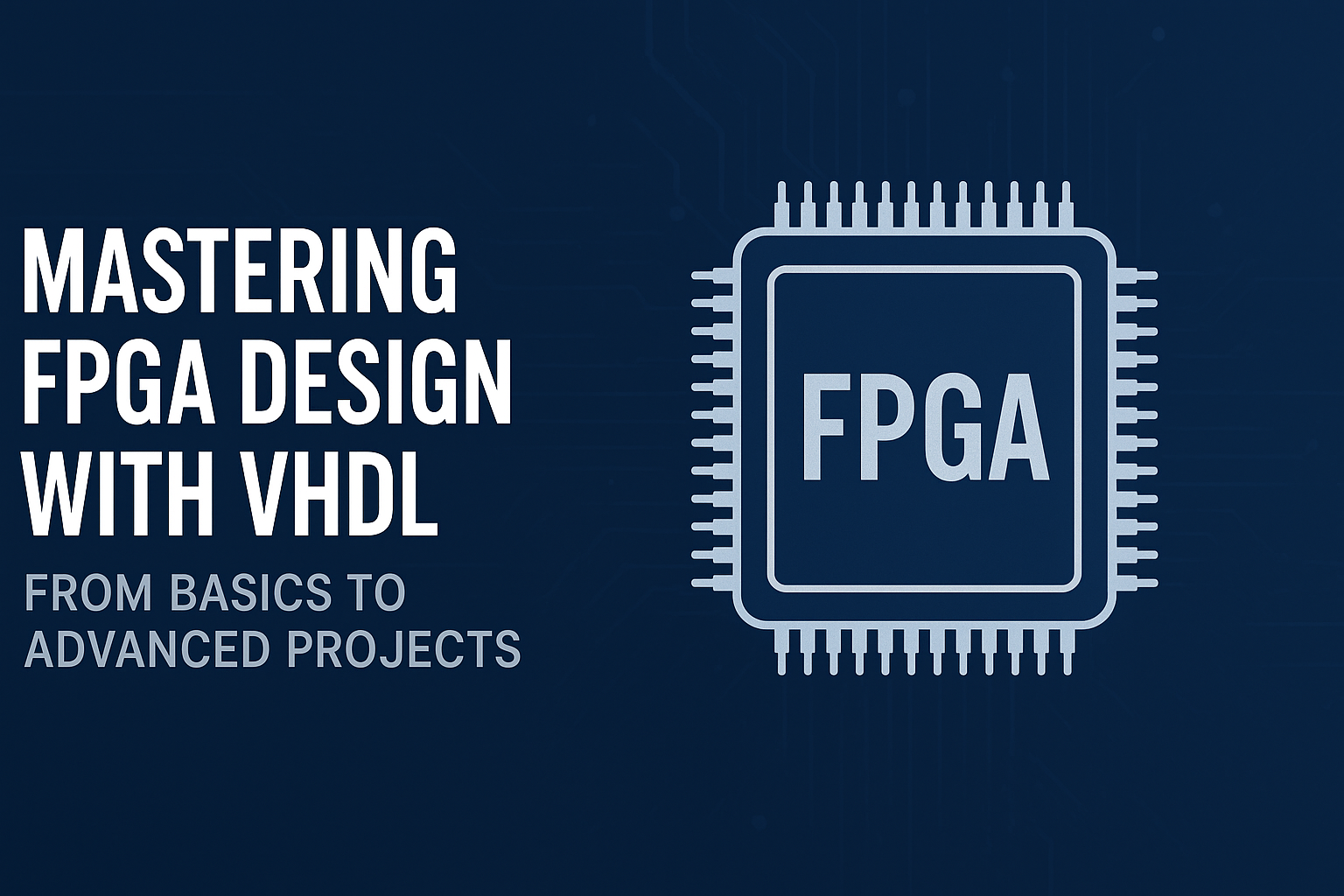Mastering FPGA Design With VHDL


This course is a hands-on, project-based journey into FPGA design using VHDL. You will start from the fundamentals of digital logic and gradually move toward advanced hardware design and integration techniques. With over 30+ real FPGA examples, each explained and implemented step-by-step, you will gain the practical skills to confidently design, simulate, and deploy FPGA-based systems in real-world applications.
Whether you are a beginner or an engineer looking to sharpen your FPGA skills, this course will guide you through essential concepts, industry-relevant modules, and advanced integrations like IP cores, DSP blocks, memory interfaces, and even soft-core processors like MicroBlaze.